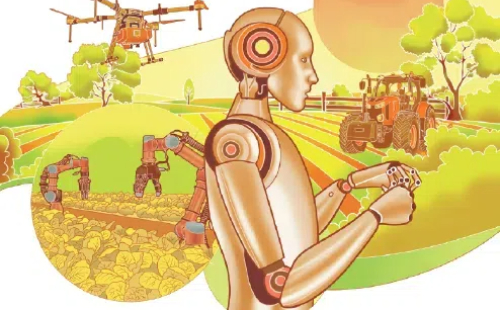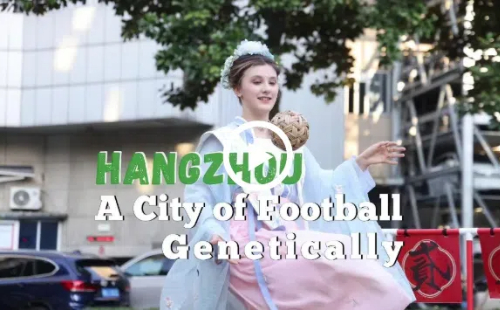Digital solutions powering up traditional sectors
A large number of traditional manufacturing enterprises in Tongxiang, Zhejiang province, have completed technical transformation and upgrading in recent years, and they are beginning to reap the benefits of these changes.
Tongxiang is a county-level city where Wuzhen, the venue of the World Internet Conference, is located.
Tongxiang's traditional industries include silk, chemical fibers, and glass fibers, which have supported Tongxiang's economic and social development for years. While the fast-paced development of the digital economy has given birth to intelligent vehicles, intelligent computing, intelligent sensing, and industrial internet, it has also succeeded in promoting the transformation and reform of local traditional industries.
Puyuan town, located in Tongxiang and near the Beijing-Hangzhou Grand Canal, is now renowned as a digital and intelligent sweater town. The internet has driven the local market from offline to online, and digital reform has promoted the transformation of the market, and production.
Specifically for its production, the extensive use of intelligent technologies has changed the traditional model of the sweater industry.
For its industry, the smart internet platform for sweaters has been launched, which can provide the exact date of the trading index, price index, and fashion index.
For its market, a new application of smart logistics has been launched to realize the closed loop of the production chain, sales chain, circulation chain and supporting facilities.
Tongxiang has also built a big data high-tech zone in Wuzhen, two high-energy ecological parks, three major science and technology cities, and 10 parks in the cities. It plans to invest 15.5 billion yuan ($2.14 billion) to promote the construction of 28 science and technology parks in the city, of which 2.6 billion yuan is expected to be used for building strategic technology innovation platforms, such as Wuzhen Laboratory and Tsinghua Yangtze River Delta Tongxiang Innovation Center.
The number of digital economy enterprises in Tongxiang has increased from more than 350 in 2014 to more than 2,800 now. The output value of the core manufacturing industry of the digital economy has more than quadrupled from less than 5 billion yuan in 2014 to 22.2 billion yuan last year.
The added value of core industries has maintained an average annual growth rate of more than 25 percent between 2014 and 2021.From January to August, the output value of digital manufacturing above designated size increased by 8.75 percent year-on-year.
To better promote the construction of the Wuzhen Internet Innovation and Development Pilot Zone, Tongxiang cooperated with Tsinghua University and the Yangtze Delta Region Institute of Tsinghua University in Zhejiang to establish the Wuzhen Laboratory, which came into operation in July 2021. Up to now, the total number of scientific research teams in Wuzhen Laboratory has reached 82, and the R&D personnel with master's and doctoral degrees and senior titles account for more than 83 percent.
Furthermore, huge steps have been taken to promote the deep integration between the internet, big data, artificial intelligence, and the agricultural economy, and make the manufacturing, agriculture, and service sectors more digitalized, smart and internet-powered.
The online agricultural service platform has been applied to leading agricultural entrepreneurs and farmers to cooperate with each other so that farmers can make online reservations for services such as agricultural machinery operation, escrow, and seeding on their phones.
The online agricultural service platform also has a wide range of application scenarios in rural farms. Tongxiang took the lead in Zhejiang in creating a digital development model for the entire industry chain from the farm to the dining table, promoting the application of technologies such as 5G intelligent sensing and robots to ensure the efficient and high-quality development of livestock industries.
So far, one national-level agricultural and rural informatization demonstration base, two provincial-level future farms, six provincial-level digital agricultural factories, and 25 digital agricultural application demonstration bases have been built in Tongxiang, promoting the application of digital technologies in rural areas and the modernization of agriculture.
Fang Xiaoying contributed to this story.
mazhenhuan@chinadaily.com.cn





 play
play